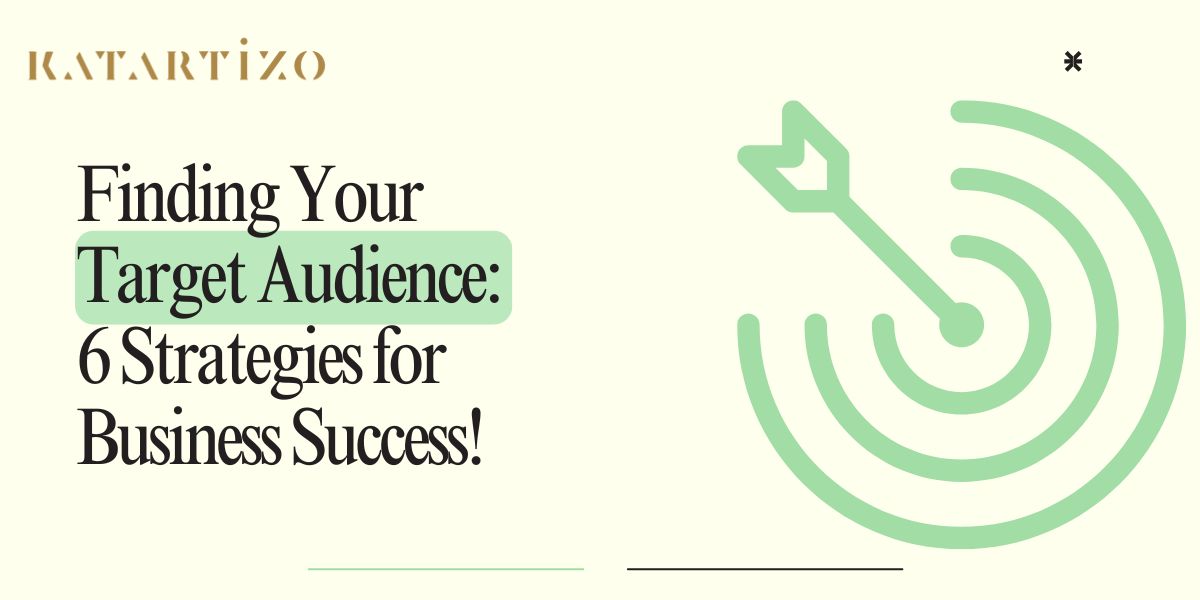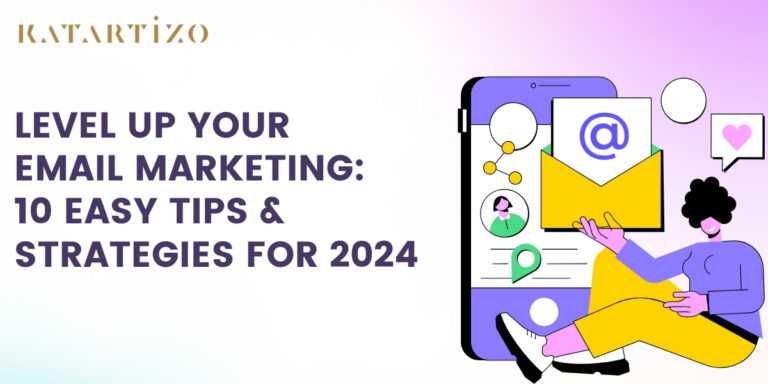One of the most critical steps in any marketing strategy is finding your target audience. Knowing who your potential customers are allows you to tailor your marketing efforts to meet their needs and preferences, resulting in higher engagement and conversion rates. This comprehensive guide will help you understand what a target audience is, how to identify yours, and provide specific examples to get you started.
Table of Contents
What is a Target Audience?

A target audience is a specific group of people identified as the intended recipients of a product, service, or marketing message. This group is defined by various demographic and psychographic factors, including age, gender, income level, education, interests, and buying behavior. Understanding your target audience enables you to create more effective marketing campaigns that resonate with the people most likely to be interested in what you offer.
Why Is It Important to Know Your Target Audience?
Understanding your target audience is crucial for several reasons:
- Efficient Resource Allocation: By knowing your target audience, you can allocate your marketing resources more efficiently, ensuring that your efforts are directed towards the people most likely to convert.
- Tailored Messaging: By crafting marketing messages that directly address the specific needs, pain points, and preferences of your target audience, you can create more relevant and impactful content that inspires a desired call to action.
- Improved Customer Relationships: Understanding your audience allows you to build stronger relationships with your customers, fostering customer loyalty and encouraging repeat business.
- Higher Conversion Rates: Targeted marketing efforts generally result in higher conversion rates, as your campaigns are more likely to resonate with your audience.
Also Read: Want Conversions? Learn How to Follow Up with Facebook Leads!
The Different Types of Target Audience

Identifying the right type of target audience depends on your business model and industry. Here are some common types:
1. Demographic Segmentation
- Age: Different age groups have different needs and preferences. For example, teenagers may prefer trendy, affordable products, while older adults might look for quality and reliability.
- Gender: Some products and services are specifically designed for men or women, requiring different marketing approaches.
- Income: The purchasing power of your audience influences their buying decisions. Luxury brands, for instance, target high-income individuals.
- Education and Occupation: Educational background and job roles can impact the types of products or services individuals are interested in.
2. Psychographic Segmentation
- Lifestyle: Understanding your audience’s lifestyle helps tailor your products and marketing messages to fit into their daily lives.
- Interests: People’s hobbies and interests can greatly influence their buying behavior.
- Values and Attitudes: Aligning your brand with the values and attitudes of your target audience can foster a stronger connection.
3. Geographic Segmentation
- Location: Your marketing strategy might differ based on the geographic location of your audience. For example, marketing strategies for urban audiences might differ from those for rural areas.
- Climate: Certain products are more relevant in specific climates. For instance, winter clothing is marketed more heavily in colder regions.
4. Behavioral Segmentation
- Purchasing Behavior: Understanding how frequently your audience purchases, their spending habits, and their brand loyalty can help tailor your marketing efforts.
- Usage Rate: Identifying heavy users of your product versus occasional users allows for more targeted marketing.
- Benefits Sought: Different segments of your audience may seek different benefits from your product, such as quality, convenience, or price.
How Can You Find Your Target Audience?

To effectively find your target audience, follow these specific steps:
1. Analyze Your Current Customers
Look at the characteristics of your existing customers. Identify common traits and behaviors. Use tools like Google Analytics and social media insights to gather data about your audience’s demographics and interests. This data provides a starting point for understanding who your ideal customers are.
2. Research Your Competitors
Examine your competitors’ target audiences. Identify who they are targeting and see if there are underserved segments that you can focus on. Tools like SEMrush and Similarweb can provide valuable insights into competitor strategies. Understanding where your competitors are focusing their efforts can help you identify gaps in the market.
3. Create Customer Personas
Develop detailed customer personas that represent your ideal customers. Include information on their demographics, psychographics, pain points, and buying behavior. Personas help you visualize and understand your target audience better. These fictional characters should be based on real data and insights, allowing you to tailor your marketing efforts more effectively.
4. Utilize Social Media Insights
Platforms like Facebook and YouTube provide analytics tools that offer insights into your followers. Use these tools to understand who is engaging with your content and tailor your marketing efforts accordingly. For instance, identifying your Facebook target audience can significantly enhance your campaign’s effectiveness by ensuring your ads reach the right people.
5. Conduct Surveys and Interviews
Directly engage with potential customers through surveys and interviews. Ask questions about their preferences, challenges, and needs. This direct feedback is invaluable for understanding your audience’s motivations. Surveys can be conducted online through platforms like SurveyMonkey, while interviews can provide deeper insights through more personalized interactions.
6. Leverage SEO Data
Use keyword research tools to find out what your audience is searching for online. Understanding the search terms they use can help you create content that addresses their needs and increases your visibility. Tools like Google Keyword Planner and Ahrefs can provide insights into search trends and keyword popularity.
Also Read: AI Tools For SEO Content Creation: 21 Tools to Boost Your Content
Target Audience Examples

Here are specific examples of target audiences for different business models:
1. B2B (Business to Business):
- Industry: Manufacturing
- Target Audience: Operations managers, procurement officers, and supply chain managers in mid to large-sized manufacturing companies.
- Marketing Approach: Emphasize efficiency, cost savings, and reliability in your messaging. Use case studies and testimonials to demonstrate your product’s effectiveness in similar companies.
Also Read: How to Promote B2B Business: Top Strategies That Actually Work!
2. B2C (Business to Consumer):
- Industry: Fitness
- Target Audience: Health-conscious individuals aged 20-40, interested in fitness and wellness, living in urban areas.
- Marketing Approach: Highlight the benefits of your fitness products or services, such as improved health and convenience. Use social media influencers and fitness blogs to reach your audience.
Also Read: B2B vs B2C: What Are the Key Differences & Which One is Better?
3. Specific Platform Audiences:
- YouTube Target Audience: Younger audience (18-34 years old), interested in tutorials, product reviews, and entertainment content.
- Marketing Approach: Create engaging video content that educates, entertains, and informs. Use YouTube ads to reach a broader audience.
- Facebook Target Audience: Adults aged 25-54, interested in community groups, events, and local business updates.
- Marketing Approach: Use Facebook ads to promote events, share community stories, and engage with local audiences. Focus on building a strong online community.
Also Read: How-To: Choosing the Best Digital Marketing Agencies in Singapore
Identifying and understanding your target audience is a crucial step in developing a successful marketing strategy. By analyzing your current customers, researching competitors, creating customer personas, and leveraging various tools and data sources, you can effectively target and engage with the right audience. As a leading digital marketing agency in Singapore, Katartizo offers comprehensive digital marketing services to help you connect with your ideal customers and achieve your business goals.
By following the strategies outlined in this guide, you can ensure that your marketing efforts are focused, effective, and impactful. Remember, the key to successful marketing lies in understanding your audience and continuously adapting to their needs and preferences. With the right approach, you can build strong relationships with your customers, drive engagement, and achieve lasting business success.




